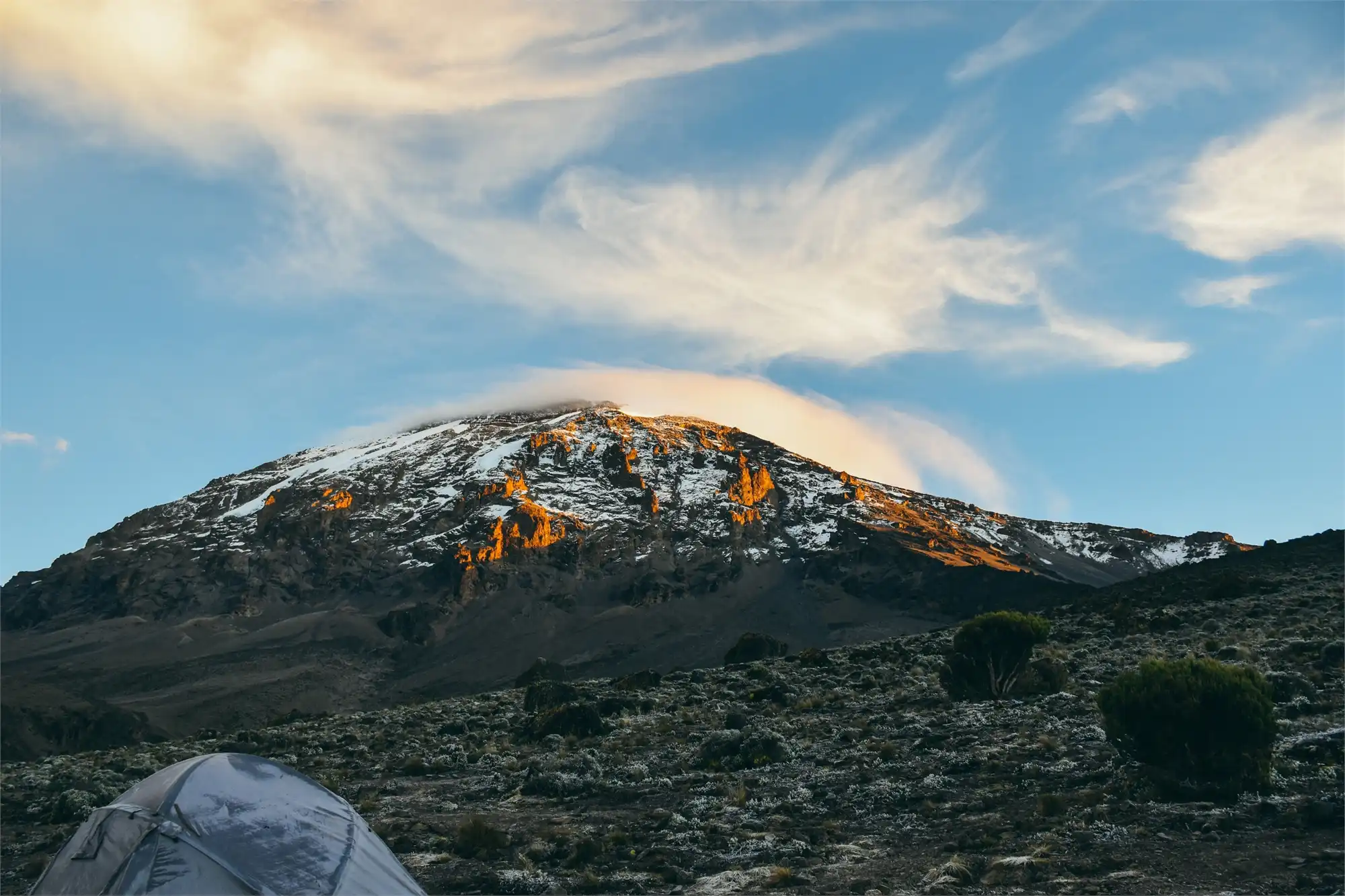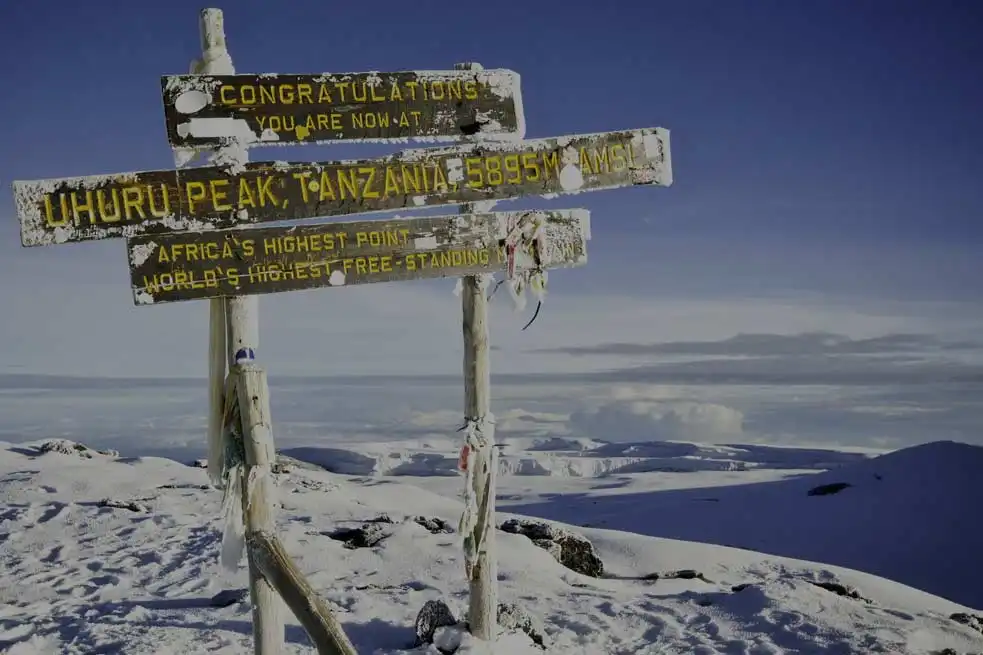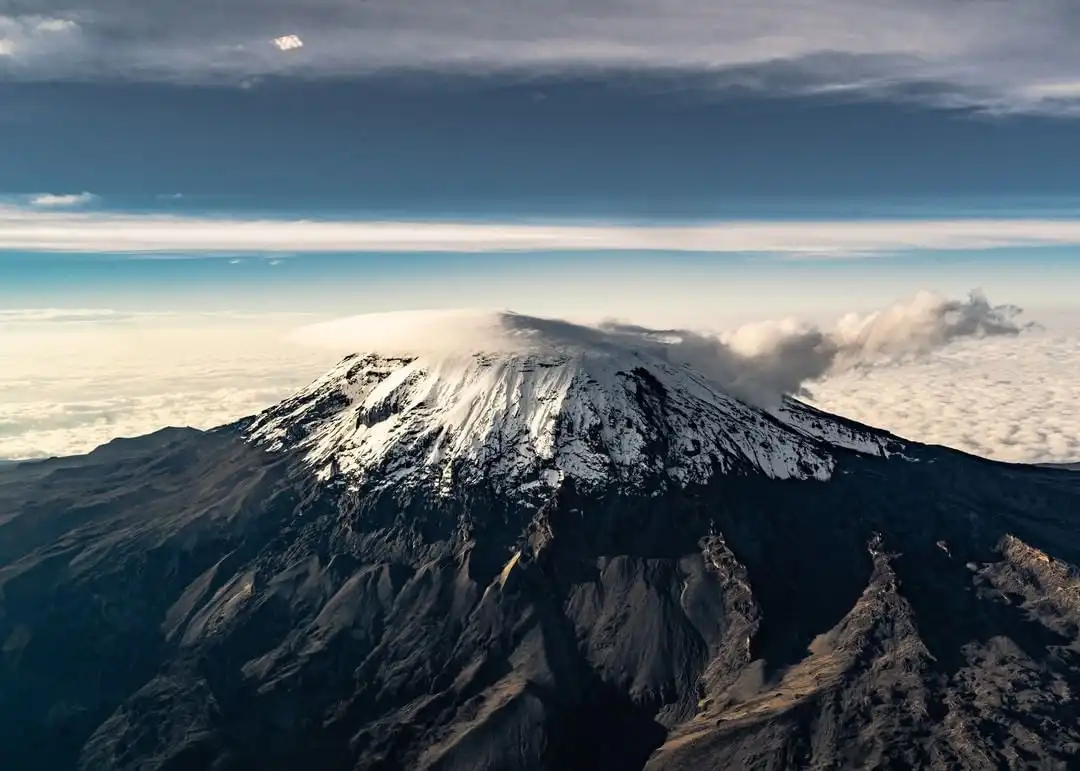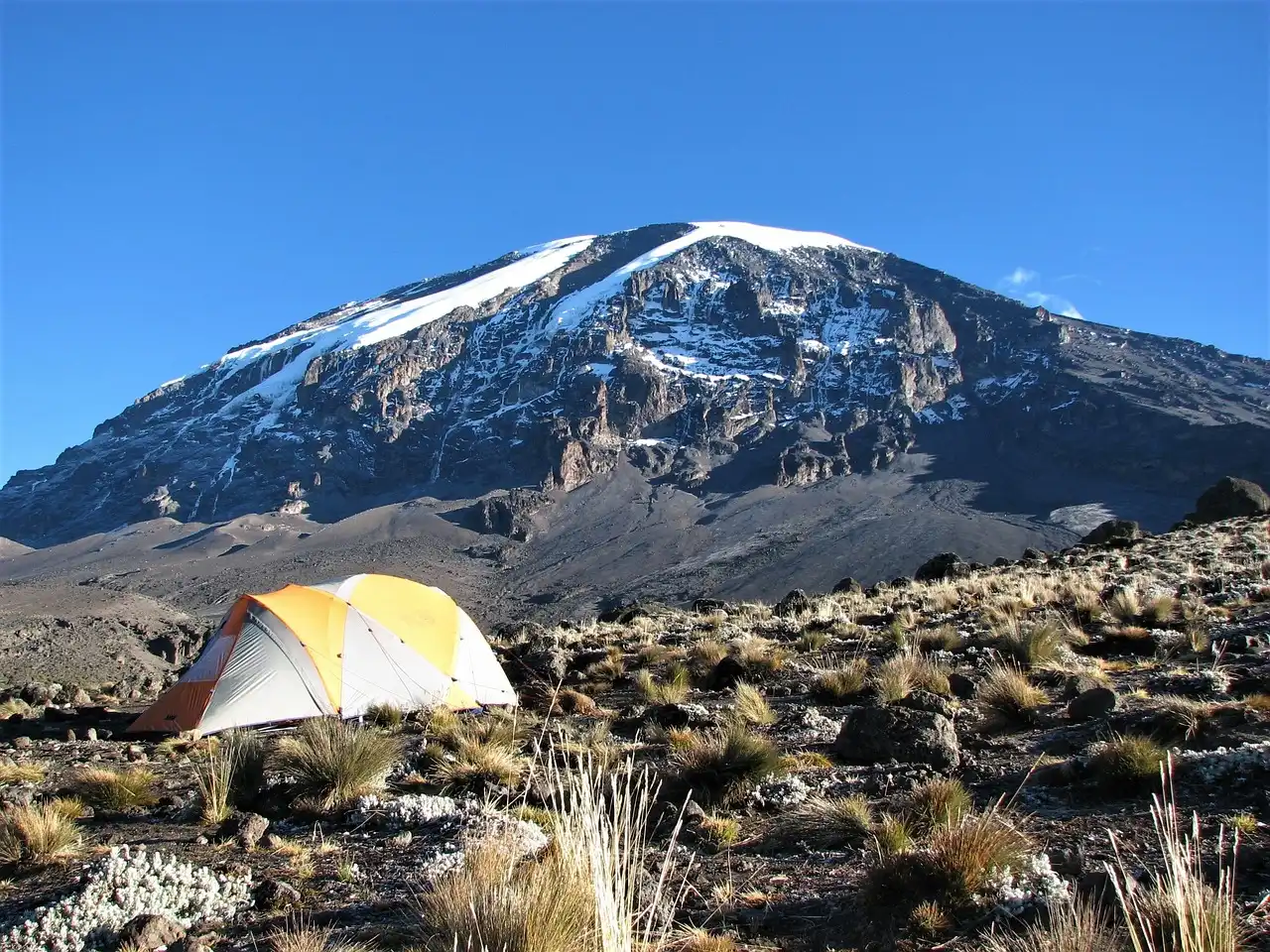Mount Kilimanjaro
Mount Kilimanjaro
Mount Kilimanjaro is a dormant volcanic mountain located in Tanzania, East Africa. With an elevation of 19,341 feet (5,895 meters), it is the highest mountain in Africa and the highest free-standing mountain in the world. Climbing Mount Kilimanjaro has become a popular bucket list item for many adventure-seekers, but it is also a significant source of revenue for the local economy. We will explore the history, geography, and tourism surrounding Mount Kilimanjaro.
History of Mount Kilimanjaro
Mount Kilimanjaro is believed to have formed about 3 million years ago as a result of volcanic activity. The Chagga people, who are indigenous to the area, have inhabited the foothills of the mountain for centuries. They have long considered the mountain to be sacred and have used its resources for trade and medicine. The first recorded ascent of the mountain was in 1889 by a German geographer named Hans Meyer, along with Austrian mountaineer Ludwig Purtscheller.
Geography of Mount Kilimanjaro
Mount Kilimanjaro is located in the Kilimanjaro National Park, which is a UNESCO World Heritage Site. The mountain is composed of three distinct volcanic cones: Kibo, Mawenzi, and Shira. Kibo is the highest of the three and is also the tallest point in Africa. It is a dormant volcano that last erupted about 360,000 years ago. Mawenzi and Shira are also dormant and have not erupted in over a century. The slopes of Mount Kilimanjaro are home to a diverse range of flora and fauna, including elephants, leopards, and various species of monkeys.
Tourism in Mount Kilimanjaro
Tourism is a significant industry in Tanzania, and Mount Kilimanjaro is one of the main attractions. In addition to climbing the mountain, tourists can also participate in safari tours and visit nearby national parks, such as the Serengeti and the Ngorongoro Crater. The tourism industry provides employment opportunities for local residents and generates revenue for the government. However, there are also concerns about the environmental impact of tourism on the mountain's fragile ecosystem.
Routes Involved Trekking Mount Kilimanjaro
Climbing Mount Kilimanjaro is a popular activity for adventure-seekers from around the world. It is not a technical climb, meaning that ropes and harnesses are not required, but it is still a challenging trek that requires a significant amount of physical fitness and endurance.
01. Marangu Route
The Marangu route, also known as the "Coca-Cola" route due to the availability of the soft drink at the huts, is the most popular and easiest route up Mount Kilimanjaro. It is also the only route with huts along the way, providing basic accommodations for climbers. The trail is well-maintained and well-marked, but it can be crowded and less scenic than other routes.
02. Machame Route
The Machame route, also known as the "Whiskey" route, is one of the most scenic and popular routes up Mount Kilimanjaro. It is a more challenging route than the Marangu route, but it offers breathtaking views of the surrounding landscape, including the Shira Plateau, Barranco Wall, and Lava Tower. The trail is steeper and rougher than the Marangu route, but it also offers more opportunities for acclimatization.
03. Lemosho Route
The Lemosho route is a relatively new and less-traveled route up Mount Kilimanjaro, offering a more remote and wilderness experience. It starts on the western side of the mountain and passes through a variety of landscapes, including rainforest, heath, and alpine desert. The trail is longer and more challenging than the Marangu and Machame routes, but it offers a high chance of success due to better acclimatization opportunities.
04. Rongai Route
The Rongai route is the only route up Mount Kilimanjaro that starts from the north side of the mountain, offering a unique perspective of the mountain and a less crowded experience. It is a less strenuous route than the Machame and Lemosho routes, but it is also less scenic. The trail passes through forests and open moorland before reaching the summit via the eastern side of the mountain.



